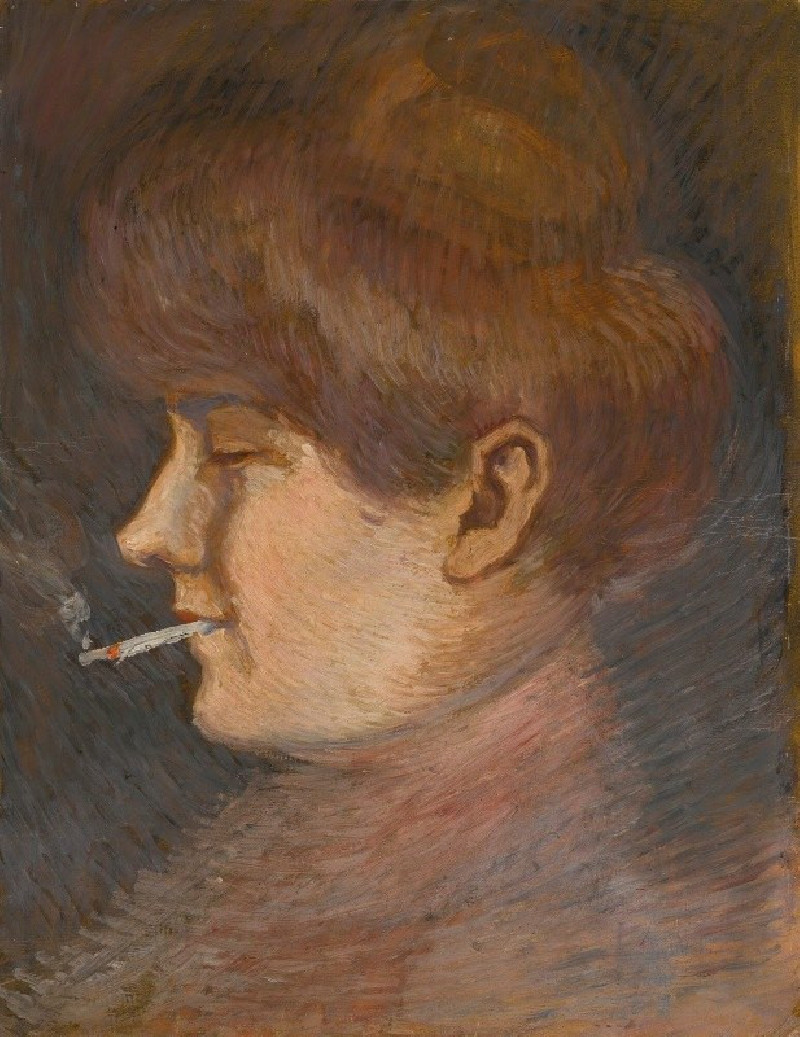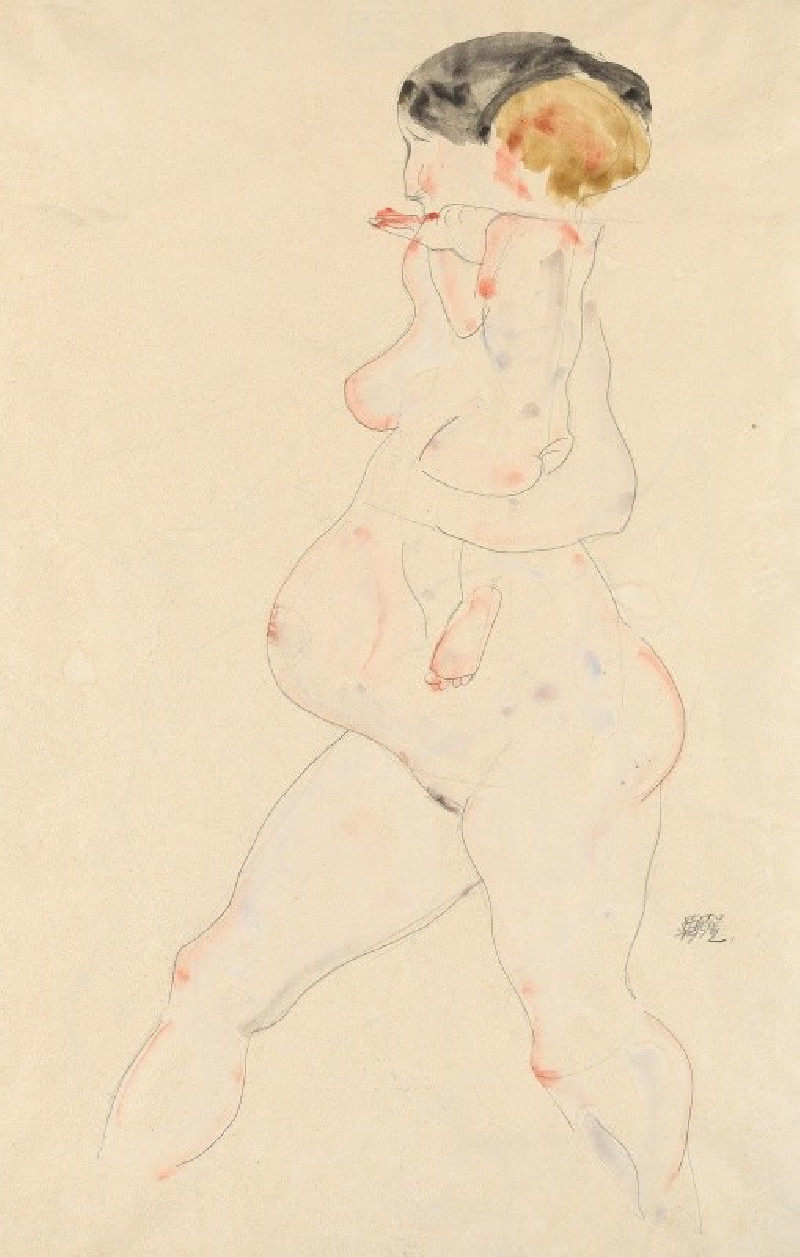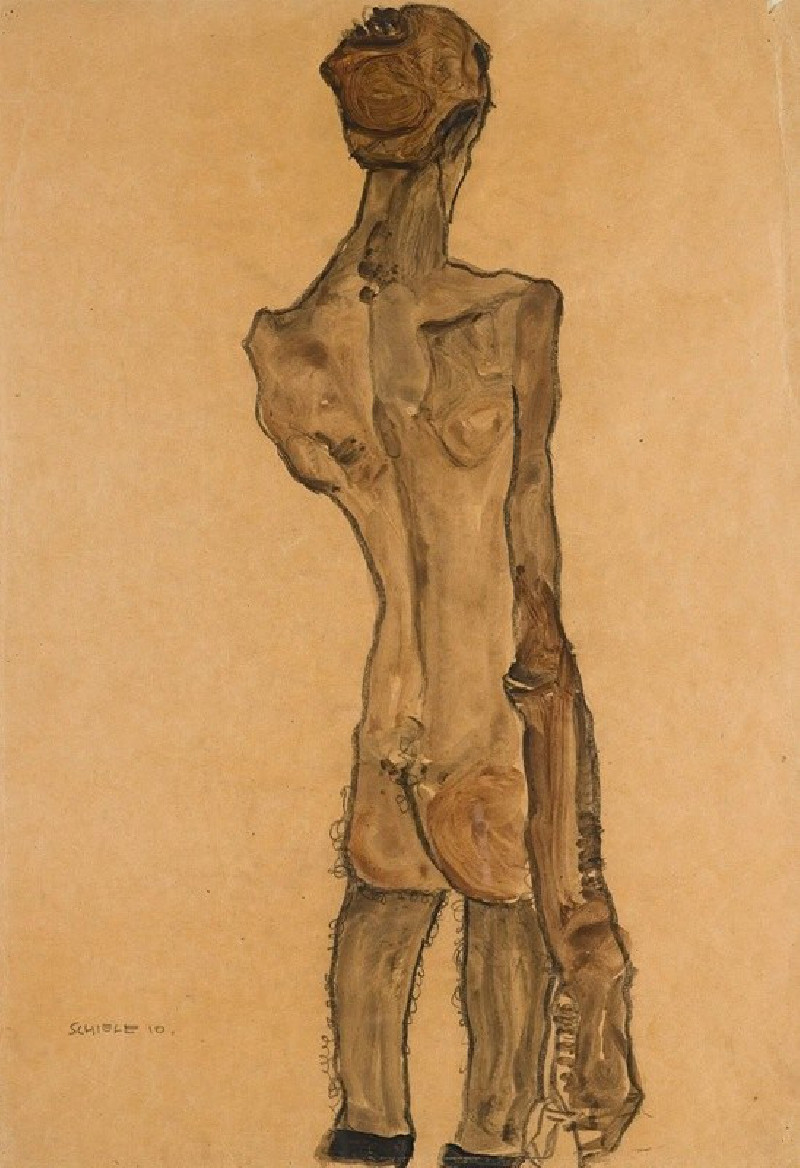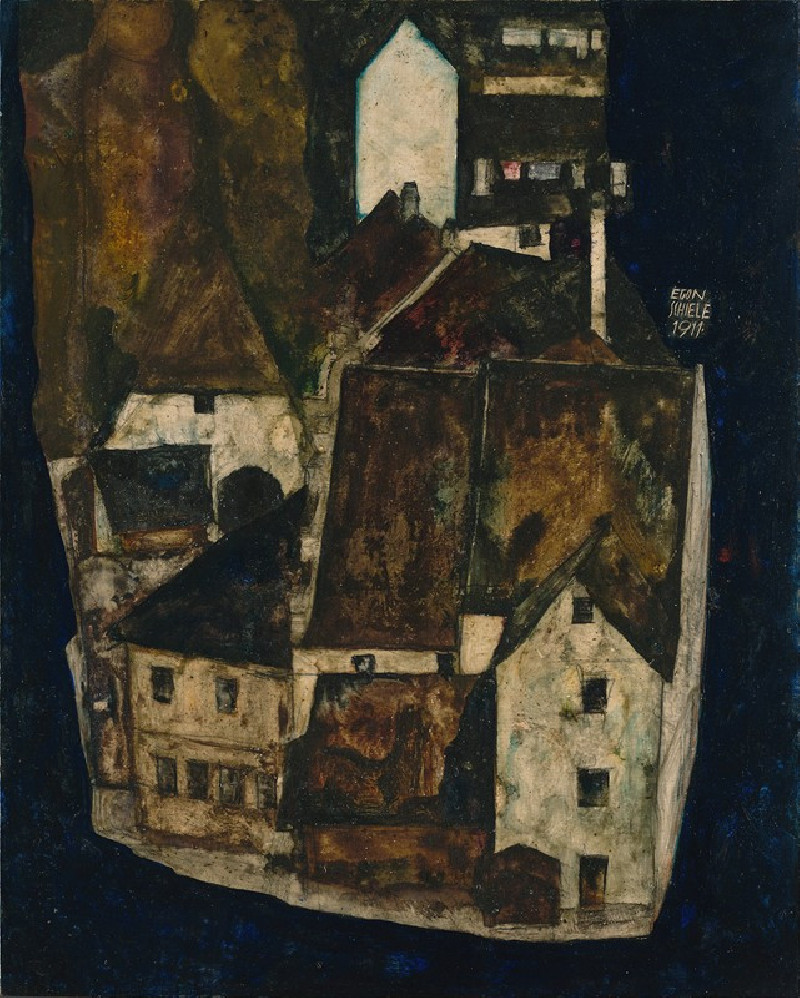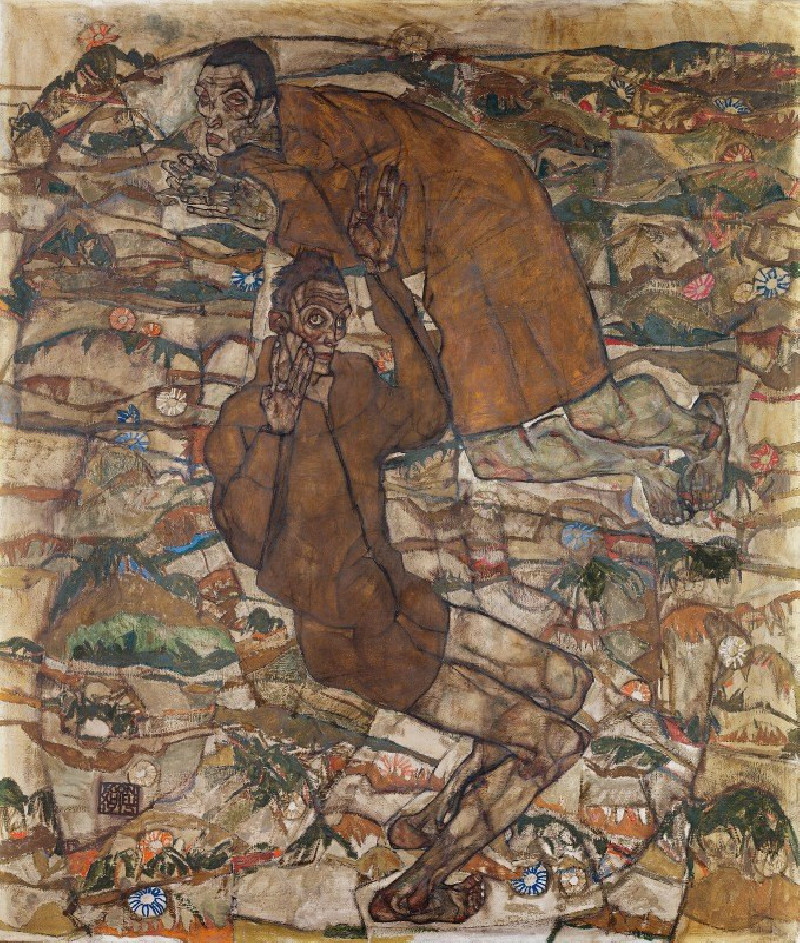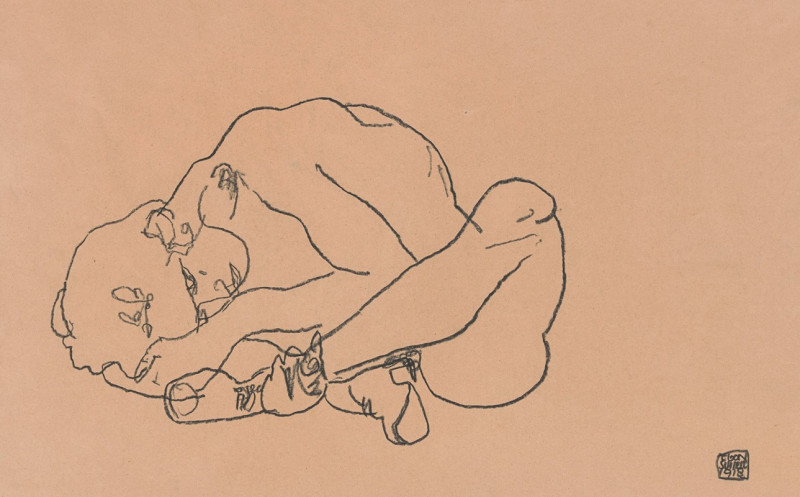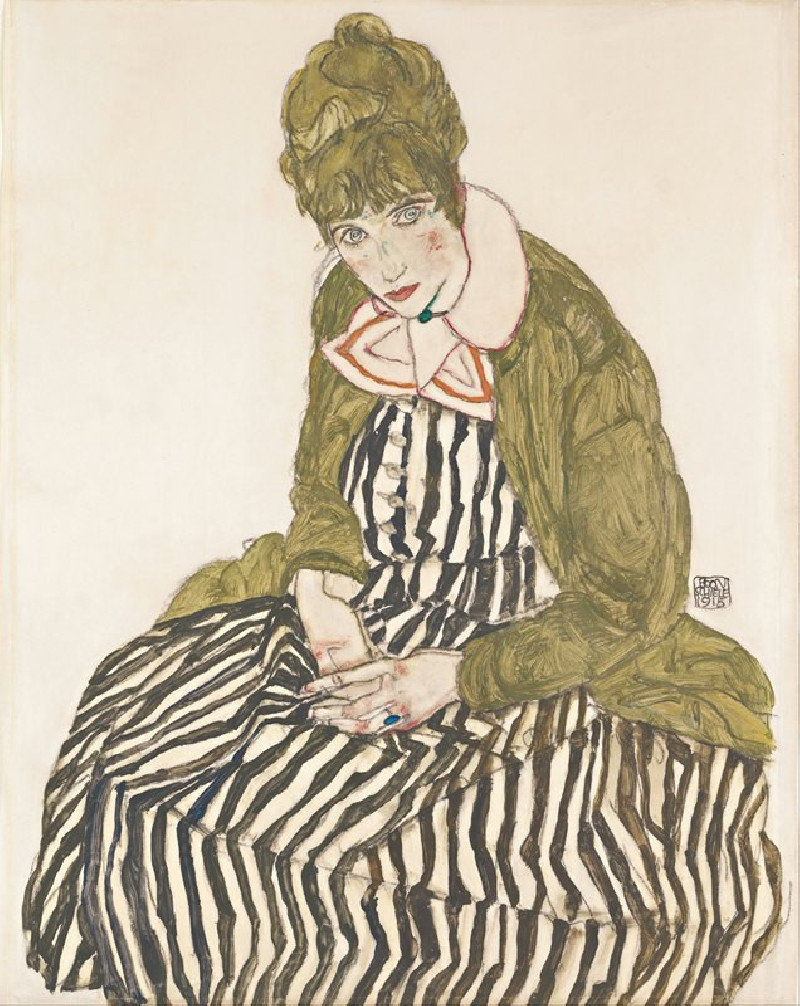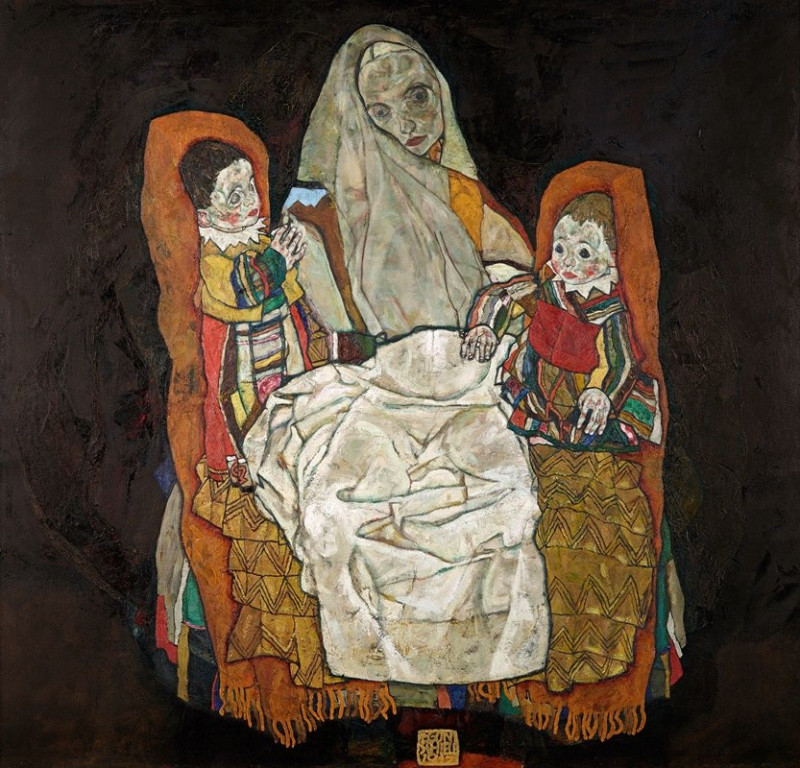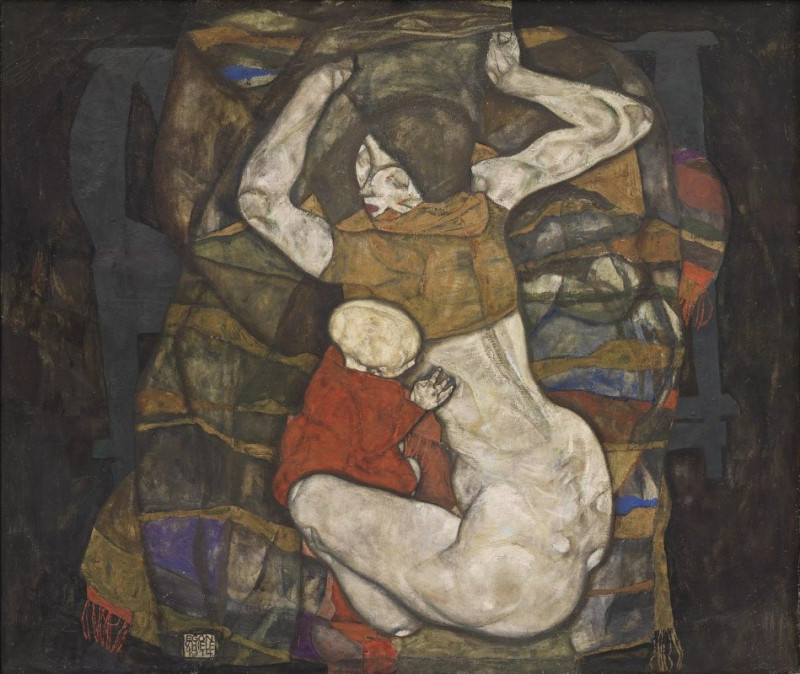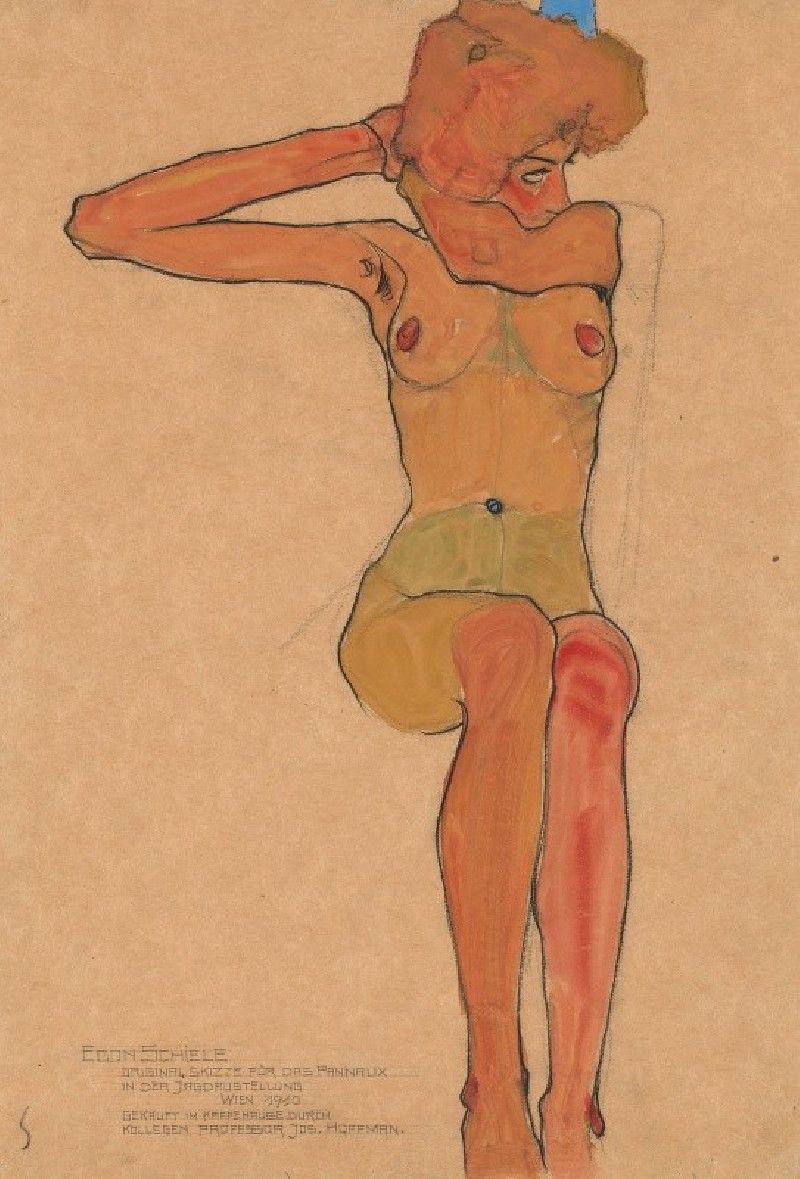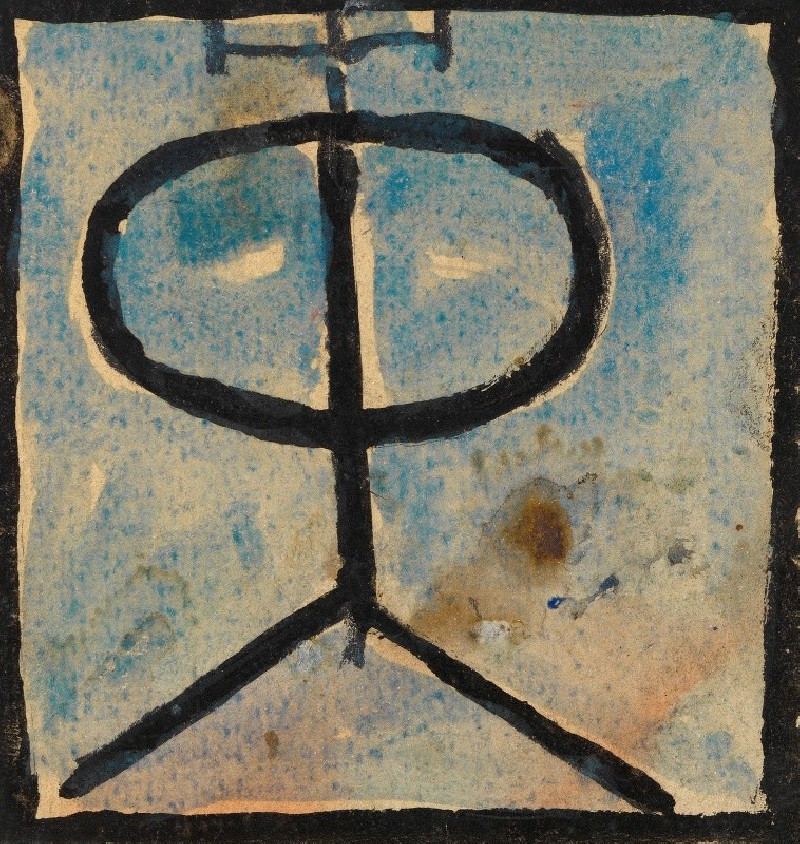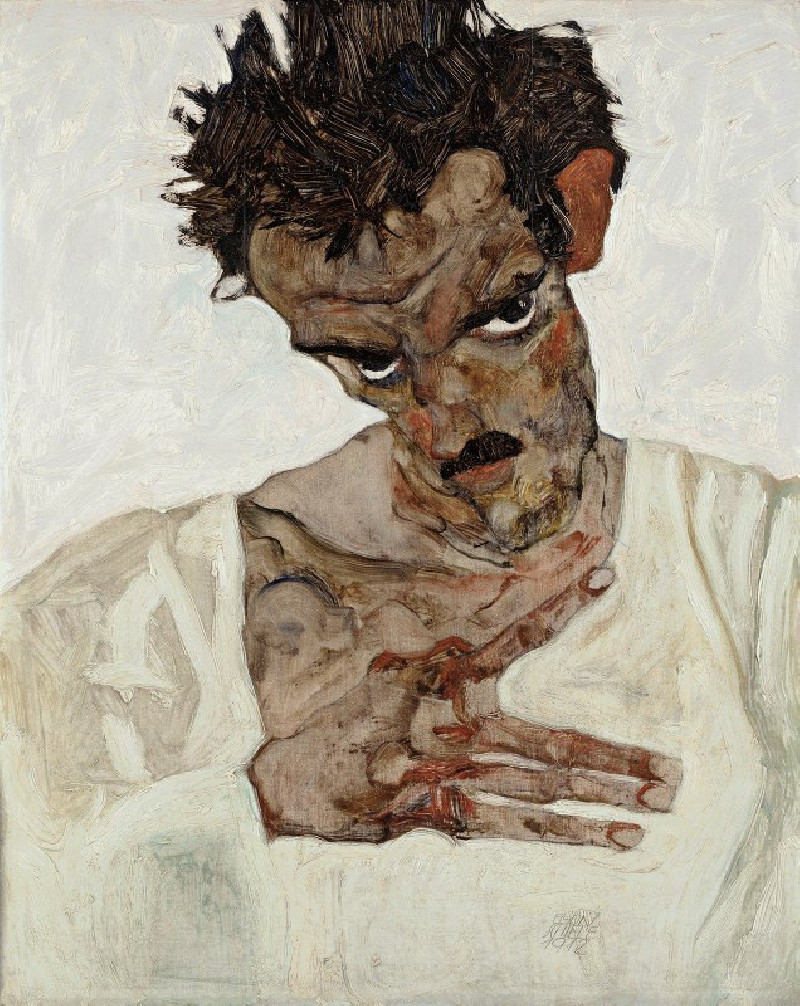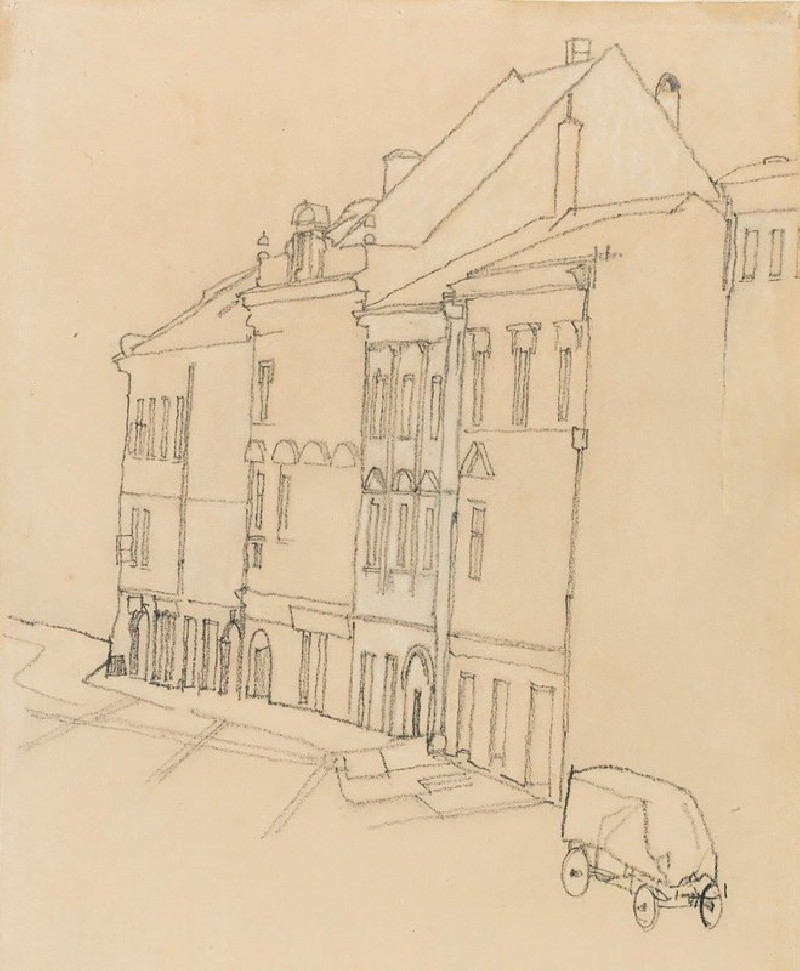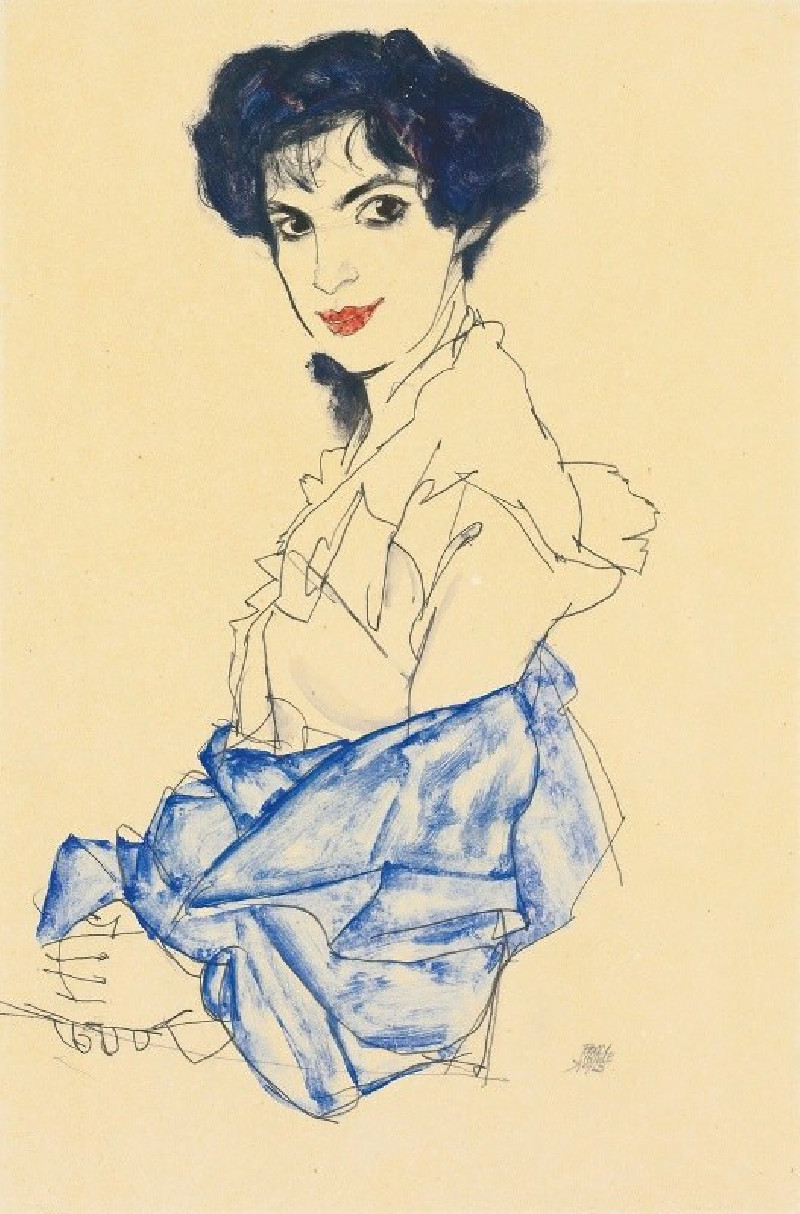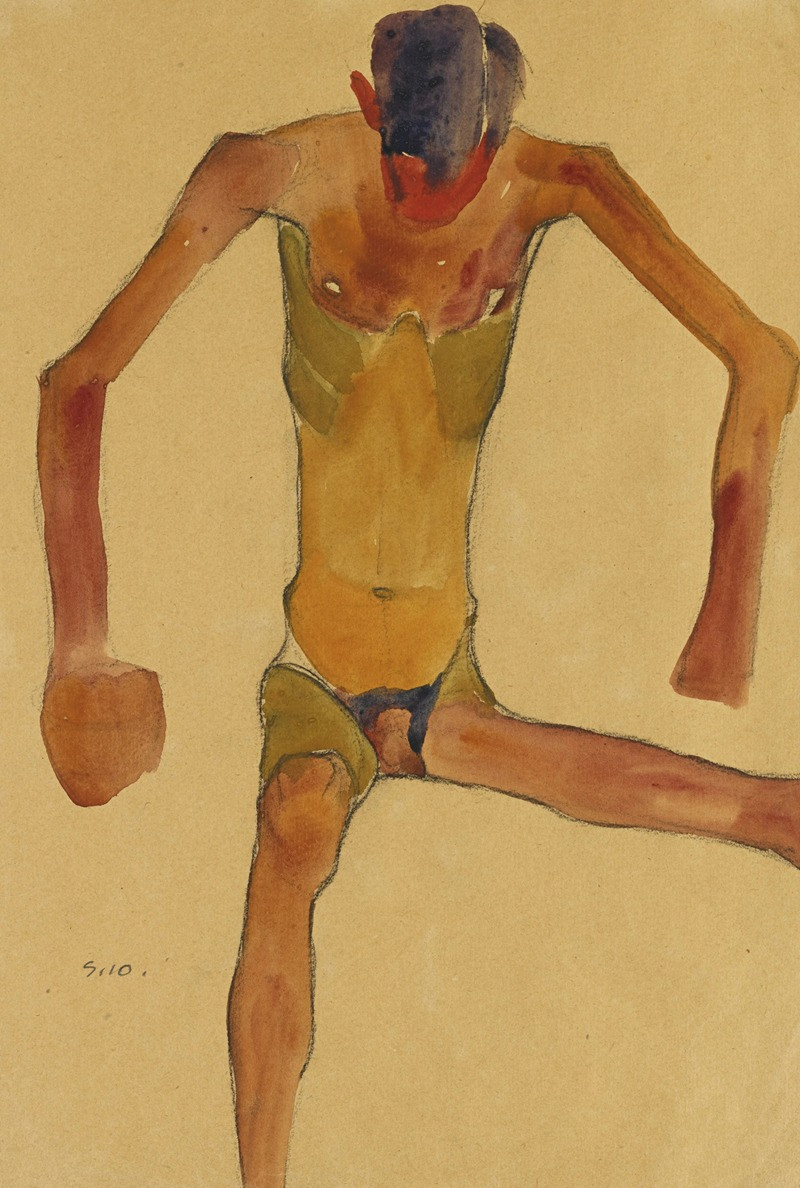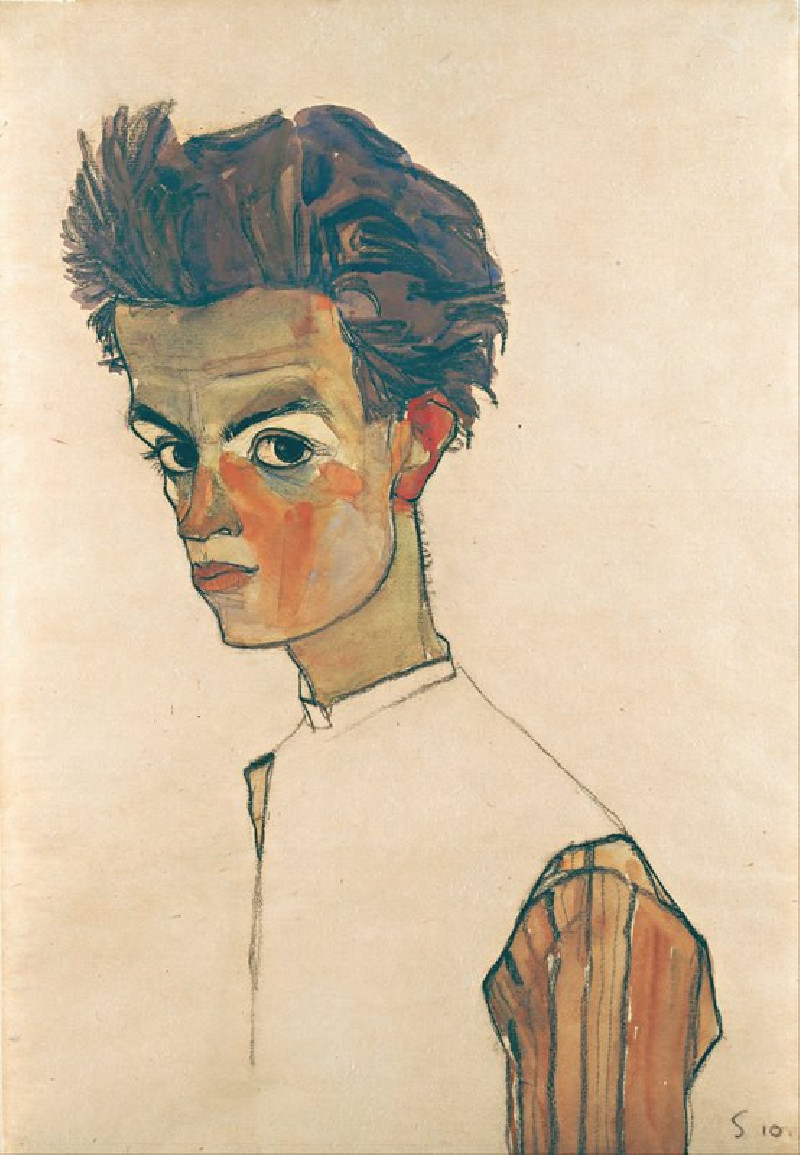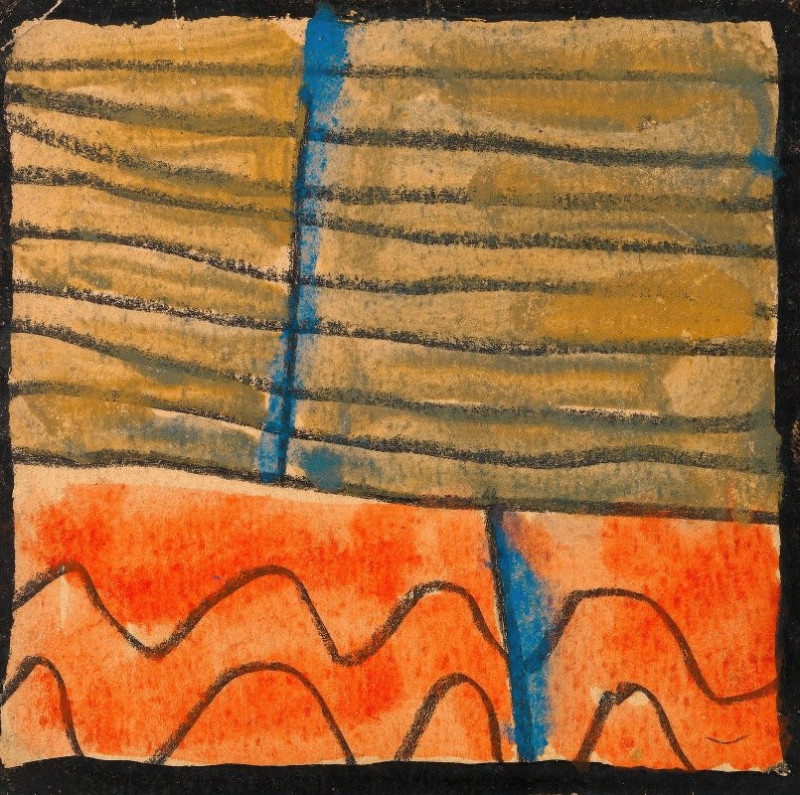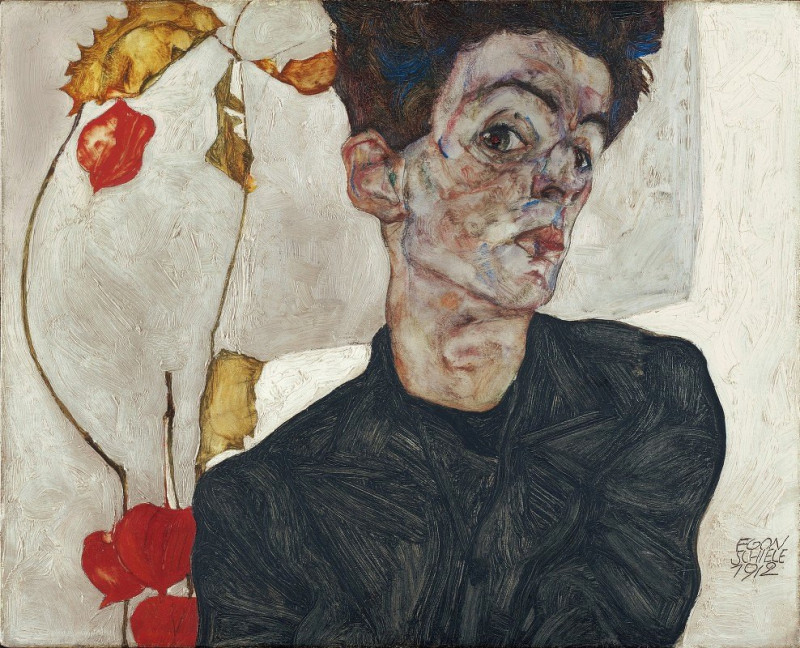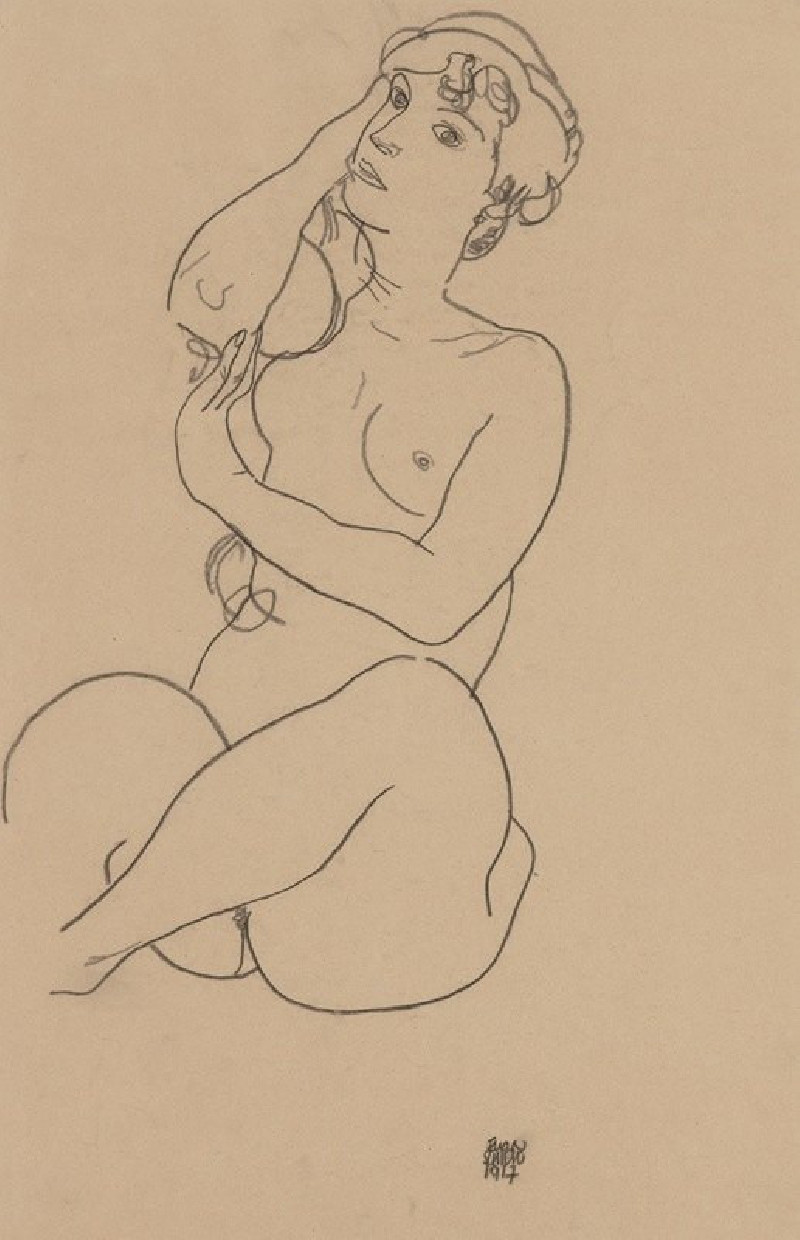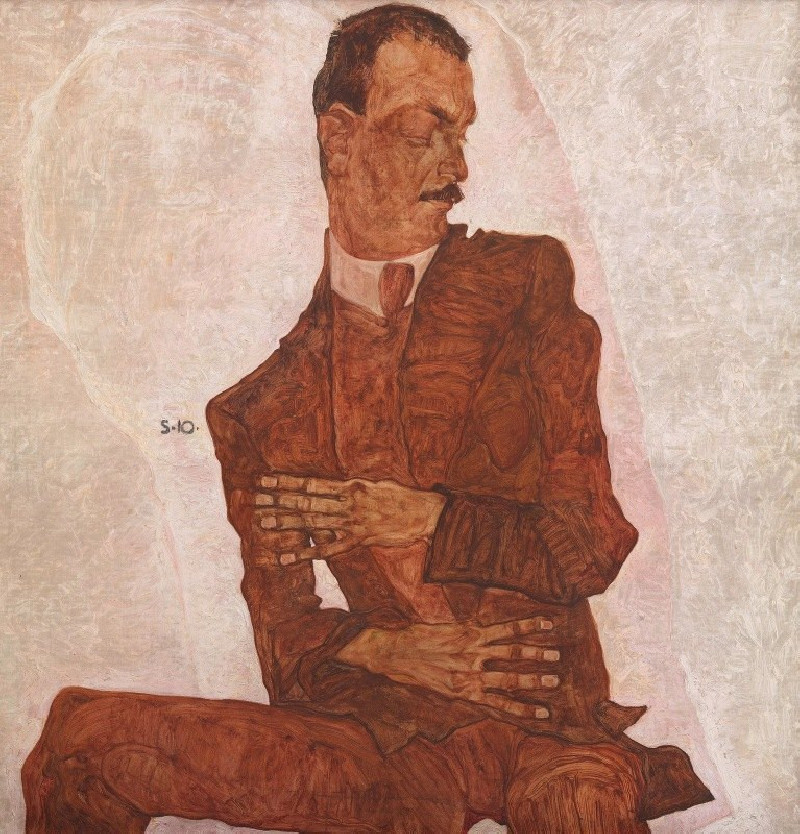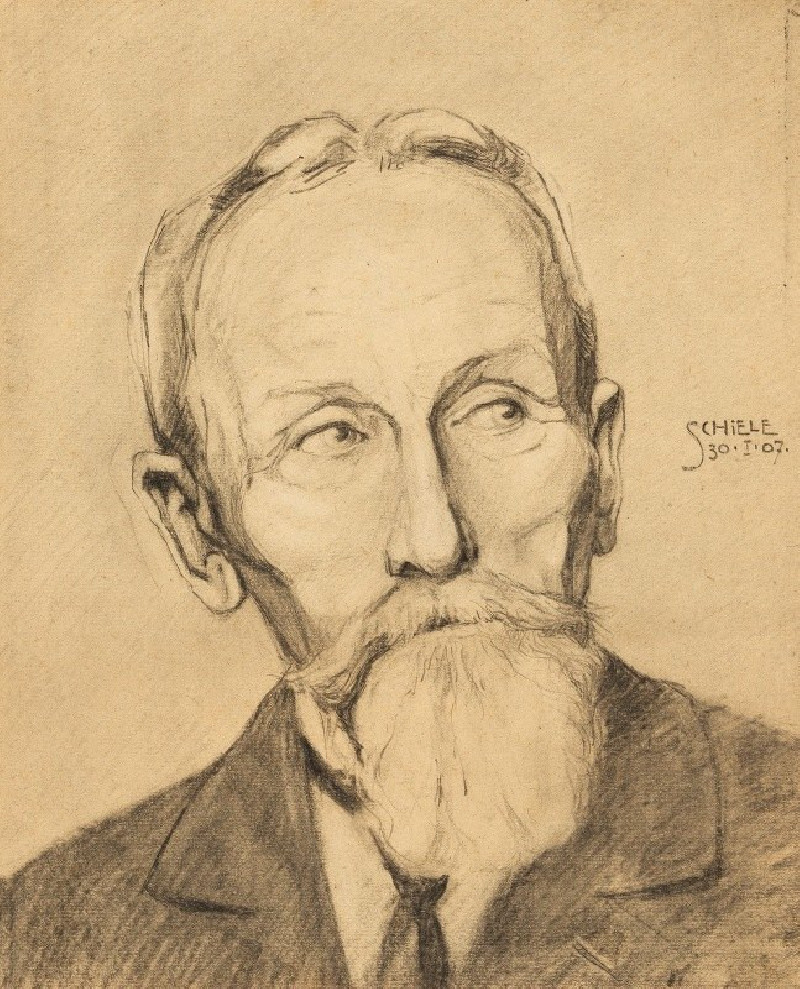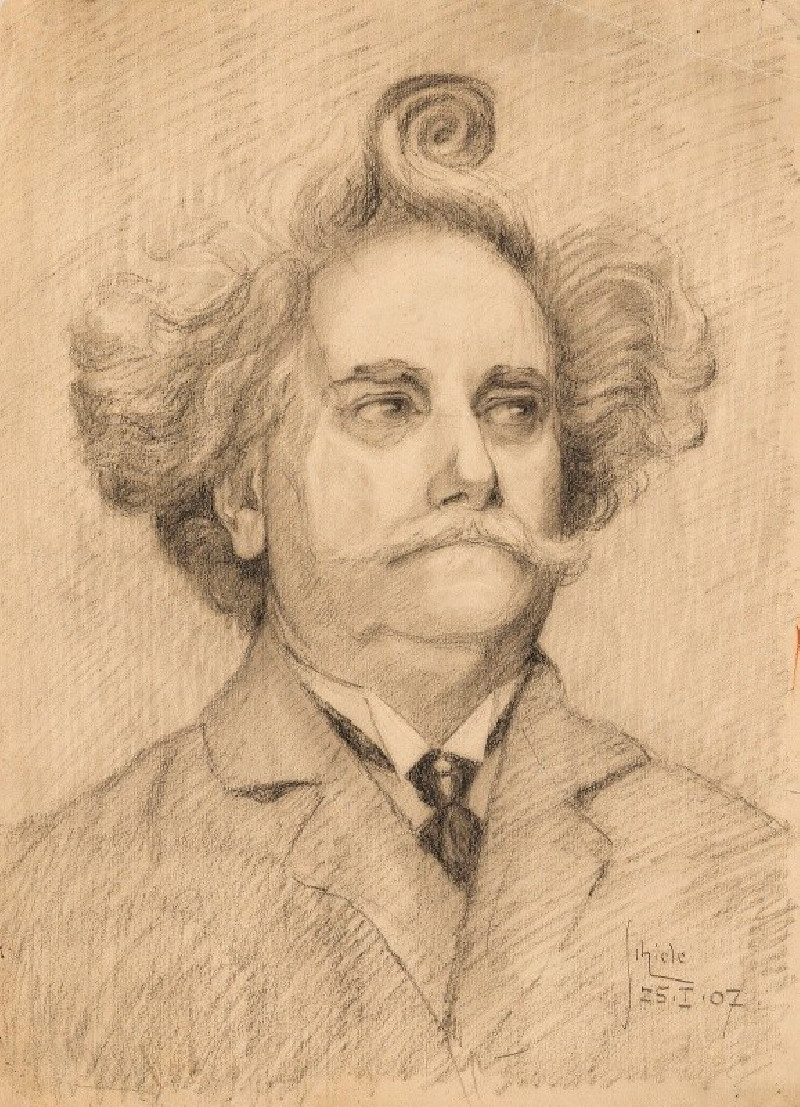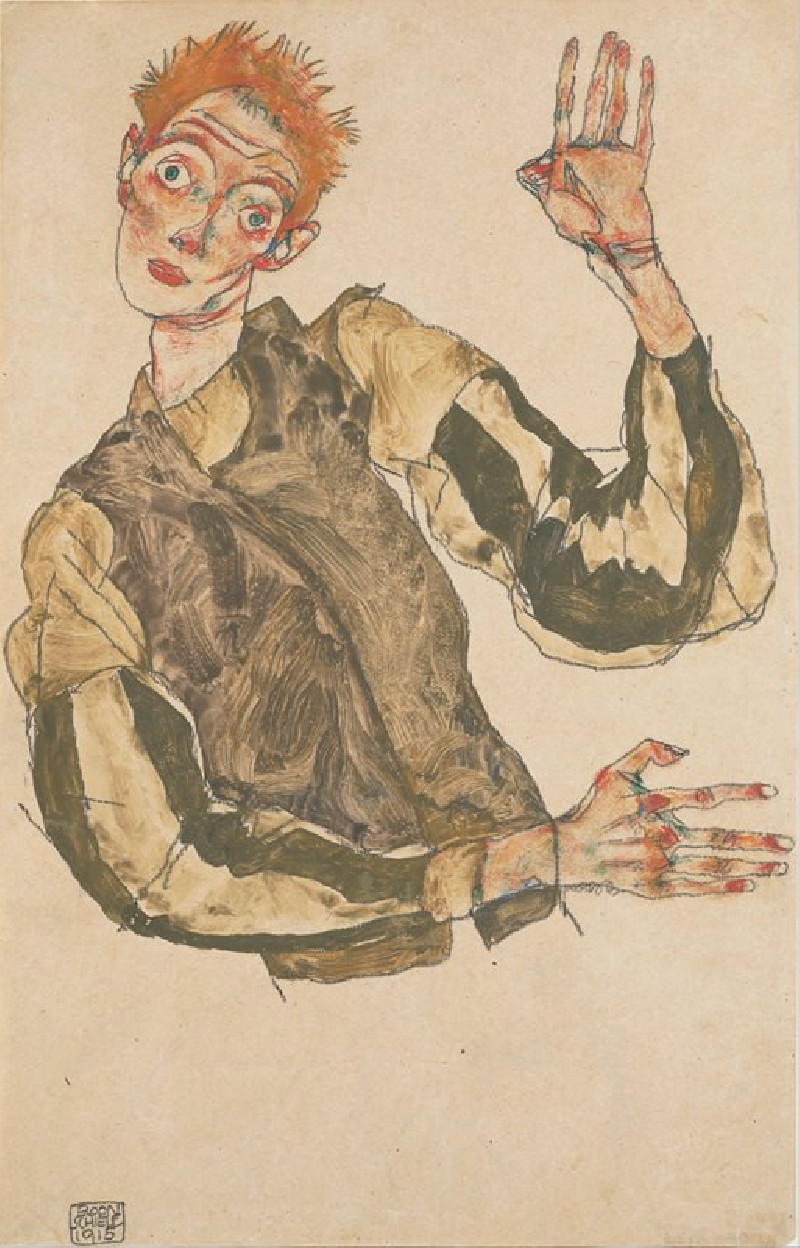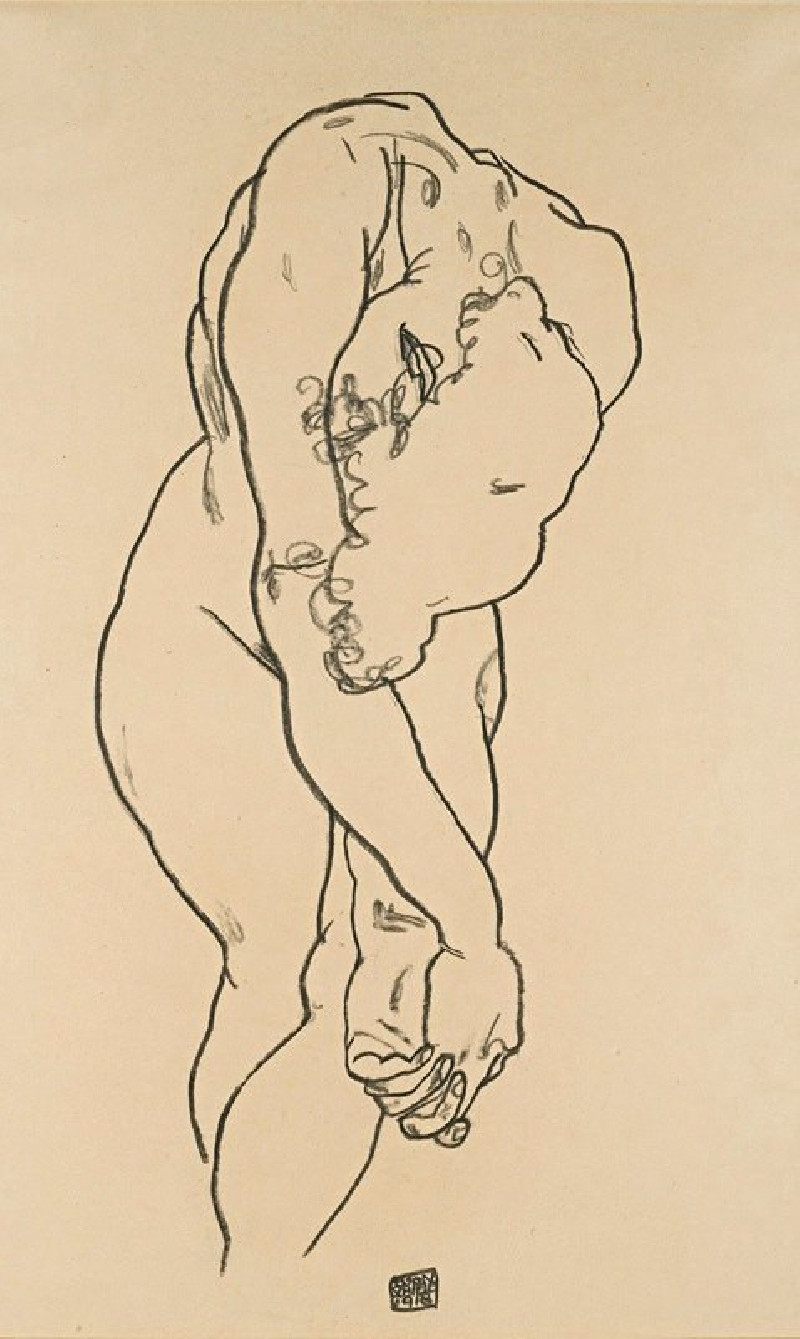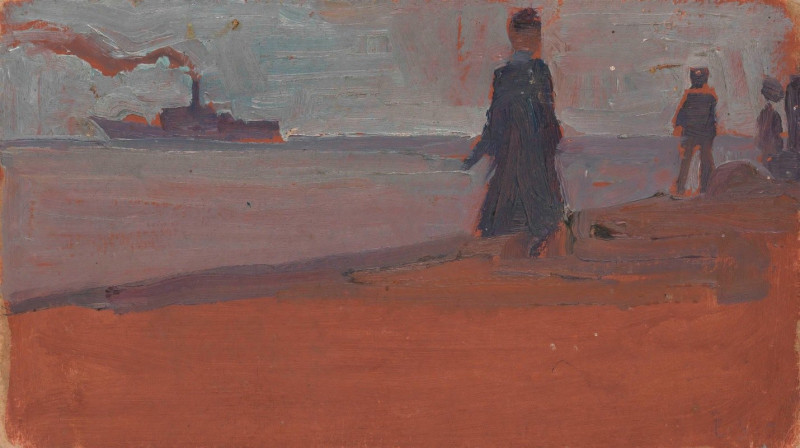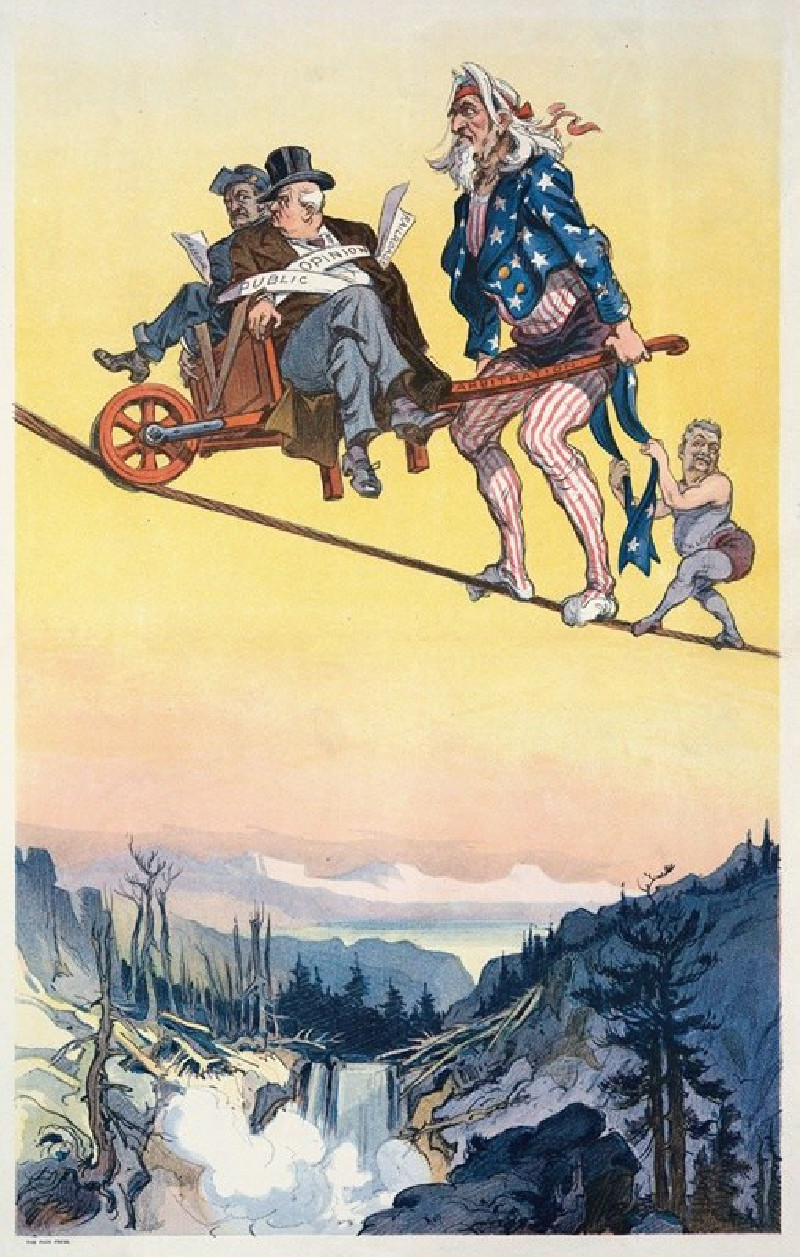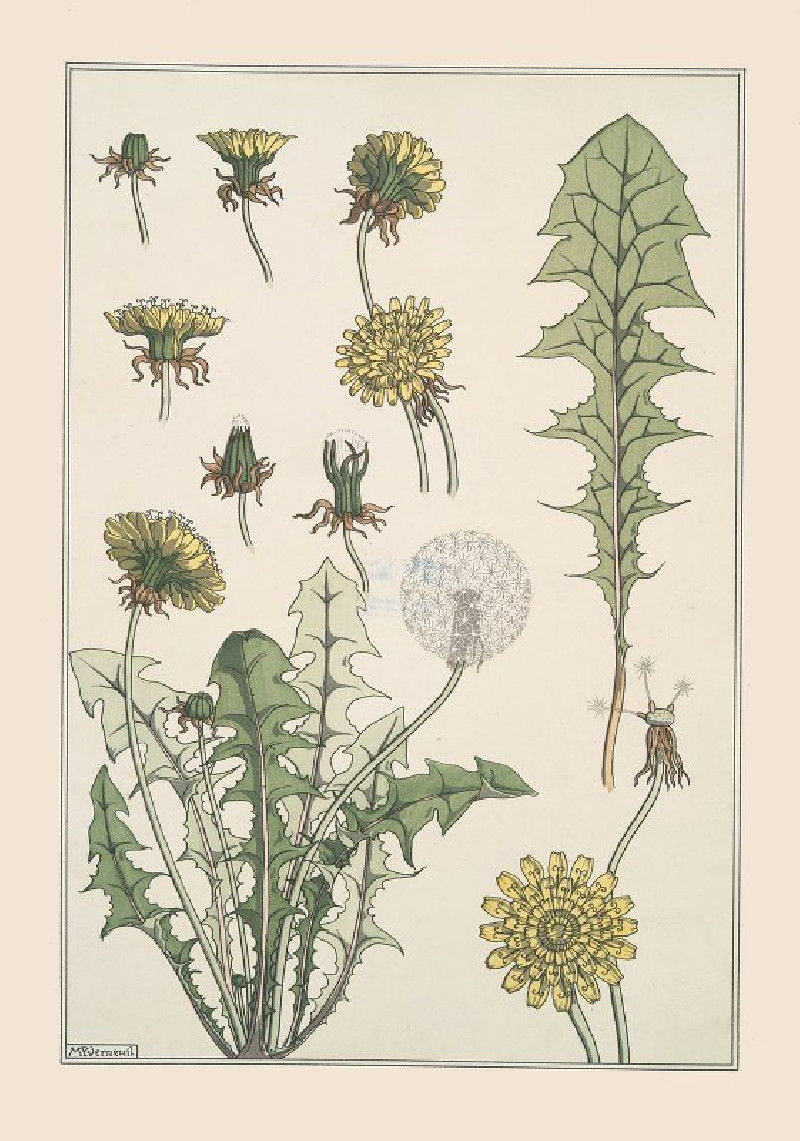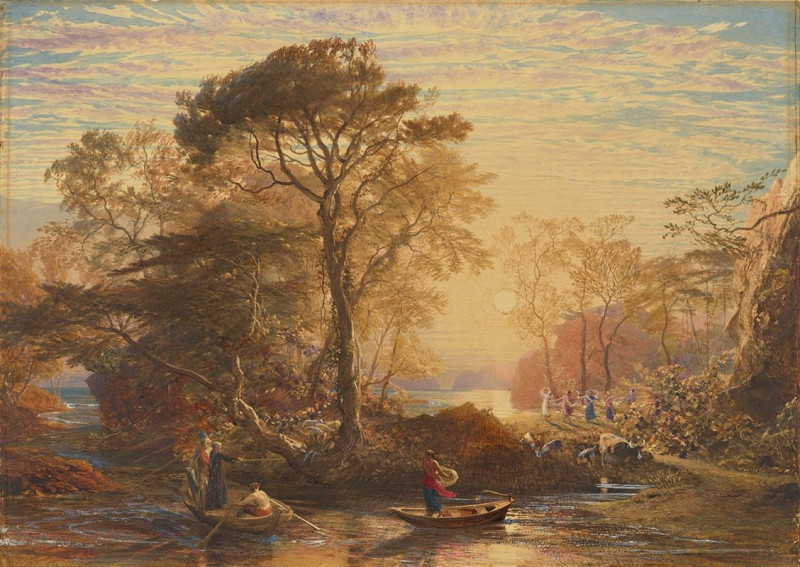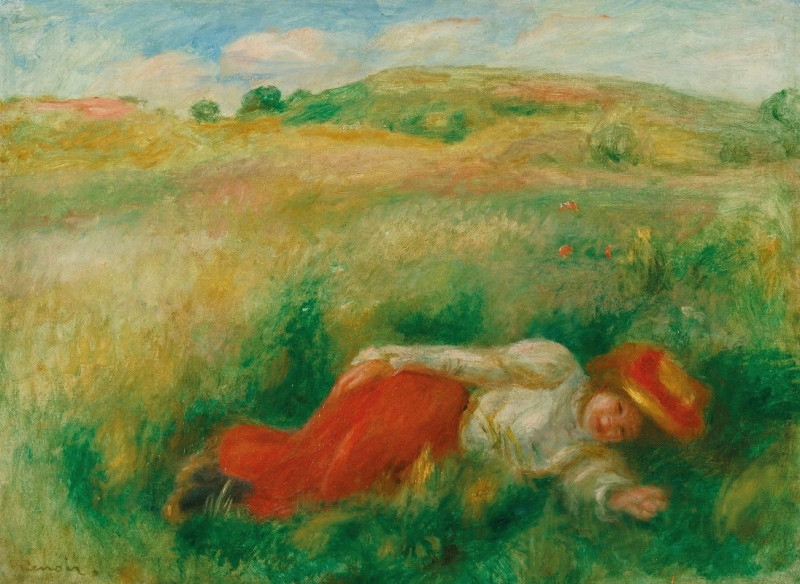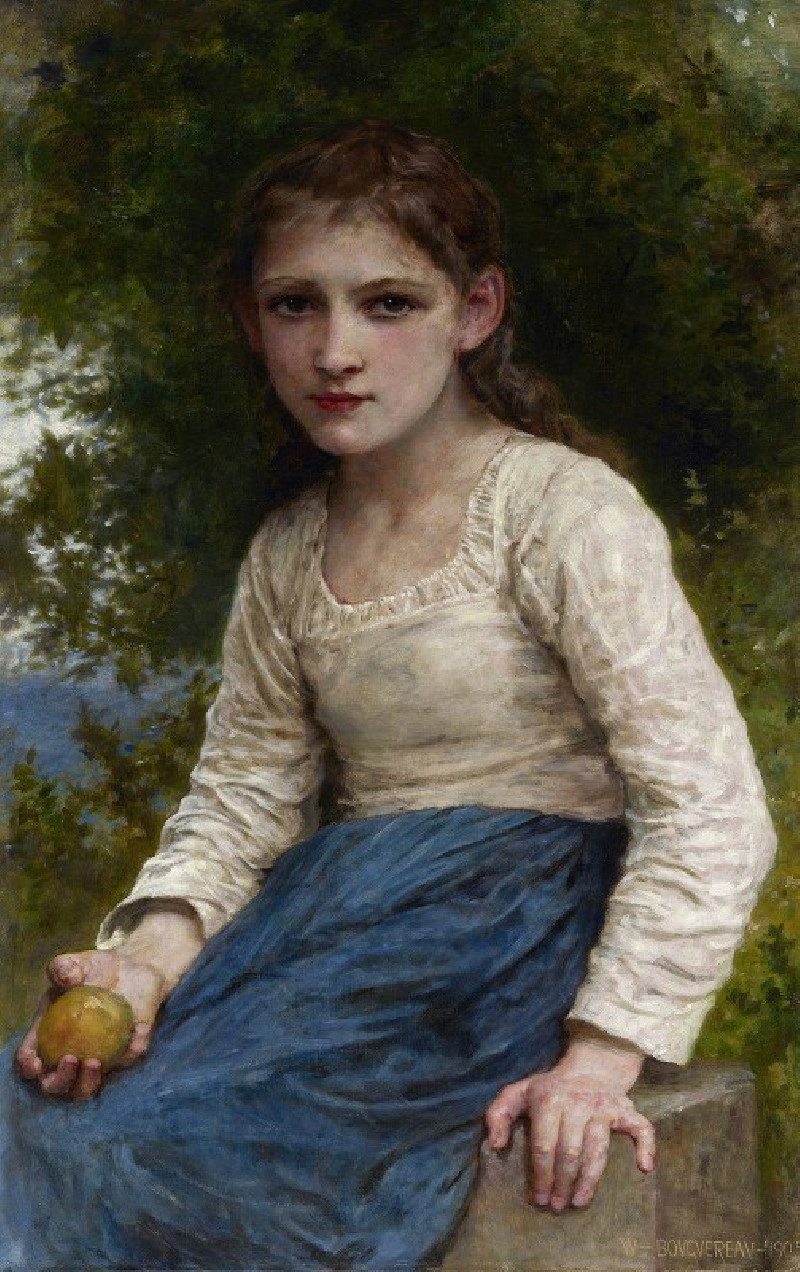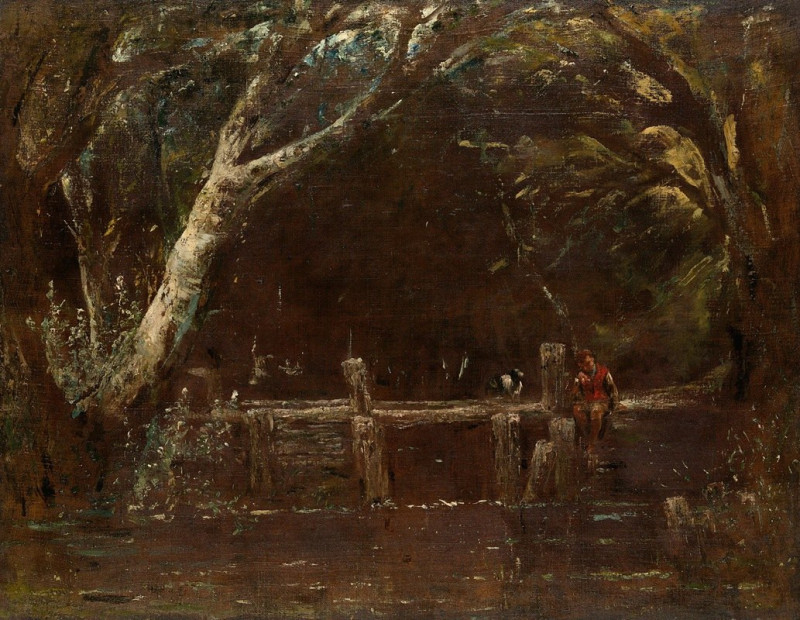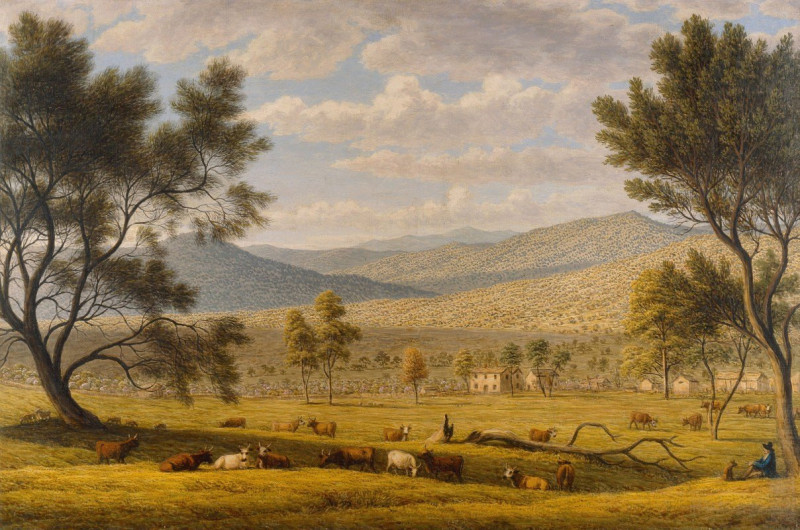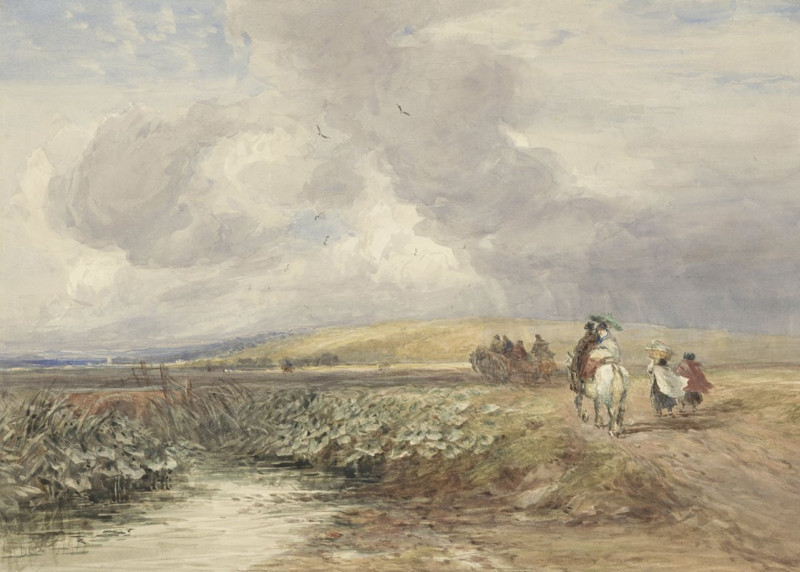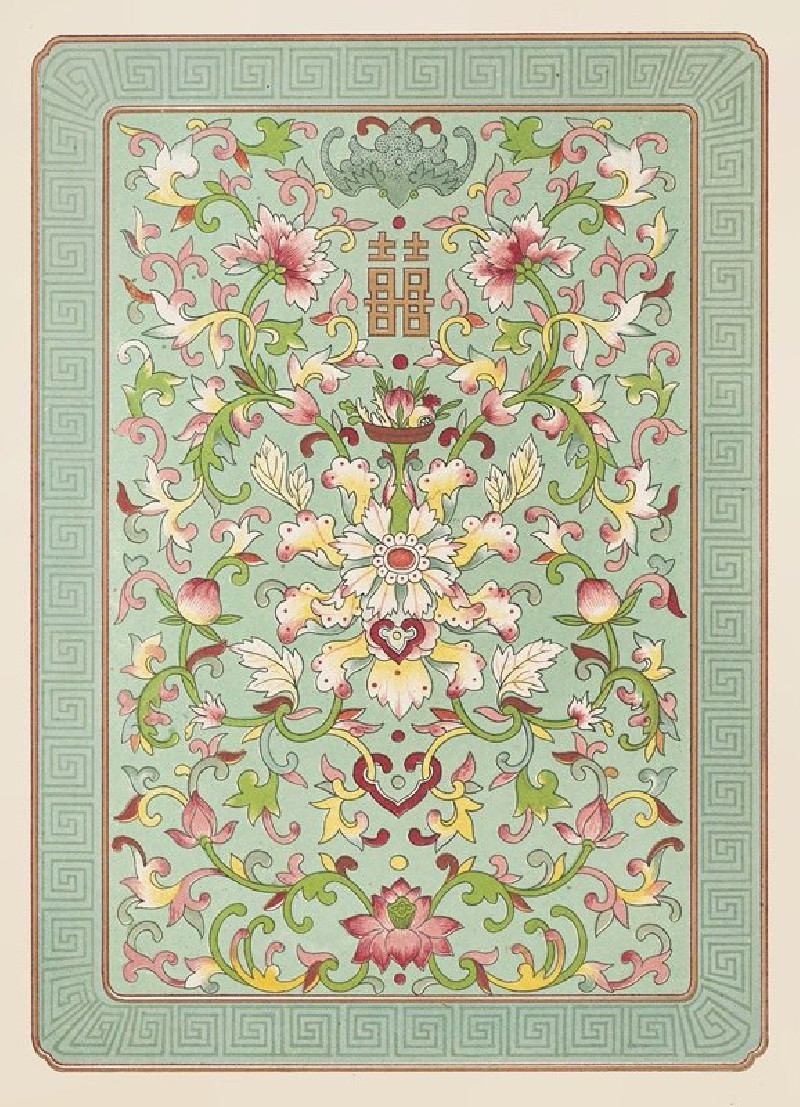The Lyricist (1911)
Technique: Giclée quality print
Recommended by our customers
More about this artwork
Egon Schiele’s captivating painting, "The Lyricist," painted in 1911, stands out as a profound example of his distinctive style, which merges elements of Expressionism with an intense emotional depth. At first glance, the painting strikes viewers with its raw, evocative expression portrayed through the use of bold, jagged lines and a rich, dark palette."The Lyricist" features a figure that might be interpreted as a fusion between a skeleton and a living being, an embodiment that resonates deeply with Schiele's frequent contemplation of mortality and existential angst. The figure’s face and hands are highlighted with streaks of vivid green, red, and white, suggesting both the decomposition associated with death and the vibrant energy of life. This juxtaposition invites viewers to reflect on the transient nature of existence and the continuous cycle of life and death.The figure's posture, with one hand near the mouth as if in mid-speech or song, and the other hand raised in a dramatic, perhaps defensive gesture, intensifies the sense of urgency and expression. This could be indicative of the creative struggle, the anguish and the ecstasy of the artistic process—themes that are recurrent in Schiele’s body of work.Overall, "The Lyricist" is more than a mere portrait; it is a profound commentary on human nature, creativity, and the inexorable passage of time.
Delivery
Returns
Egon Schiele was an Austrian painter. A protégé of Gustav Klimt, Schiele was a major figurative painter of the early 20th century. His work is noted for its intensity and its raw sexuality, and the many self-portraits the artist produced, including nude self-portraits. The twisted body shapes and the expressive line that characterize Schiele's paintings and drawings mark the artist as an early exponent of Expressionism.



